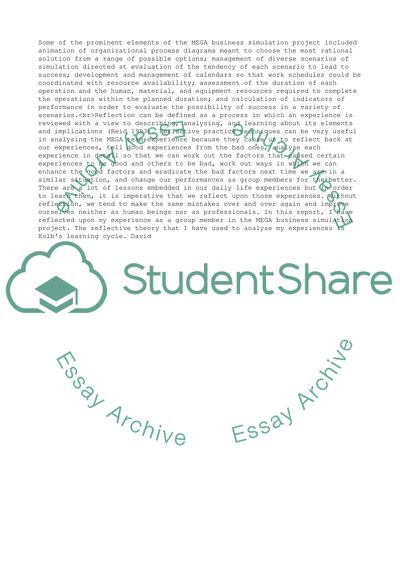Cite this document
(Reflective writing Essay Example | Topics and Well Written Essays - 2000 words, n.d.)
Reflective writing Essay Example | Topics and Well Written Essays - 2000 words. https://studentshare.org/human-resources/1859063-reflective-writing
Reflective writing Essay Example | Topics and Well Written Essays - 2000 words. https://studentshare.org/human-resources/1859063-reflective-writing
(Reflective Writing Essay Example | Topics and Well Written Essays - 2000 Words)
Reflective Writing Essay Example | Topics and Well Written Essays - 2000 Words. https://studentshare.org/human-resources/1859063-reflective-writing.
Reflective Writing Essay Example | Topics and Well Written Essays - 2000 Words. https://studentshare.org/human-resources/1859063-reflective-writing.
“Reflective Writing Essay Example | Topics and Well Written Essays - 2000 Words”. https://studentshare.org/human-resources/1859063-reflective-writing.


